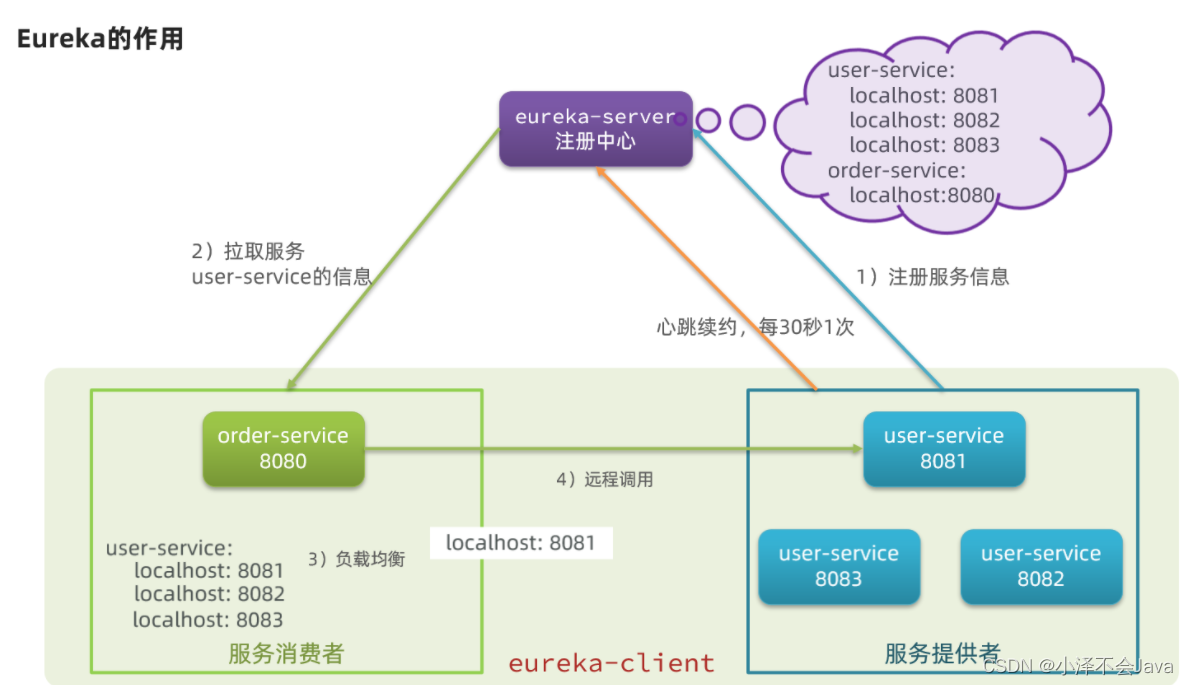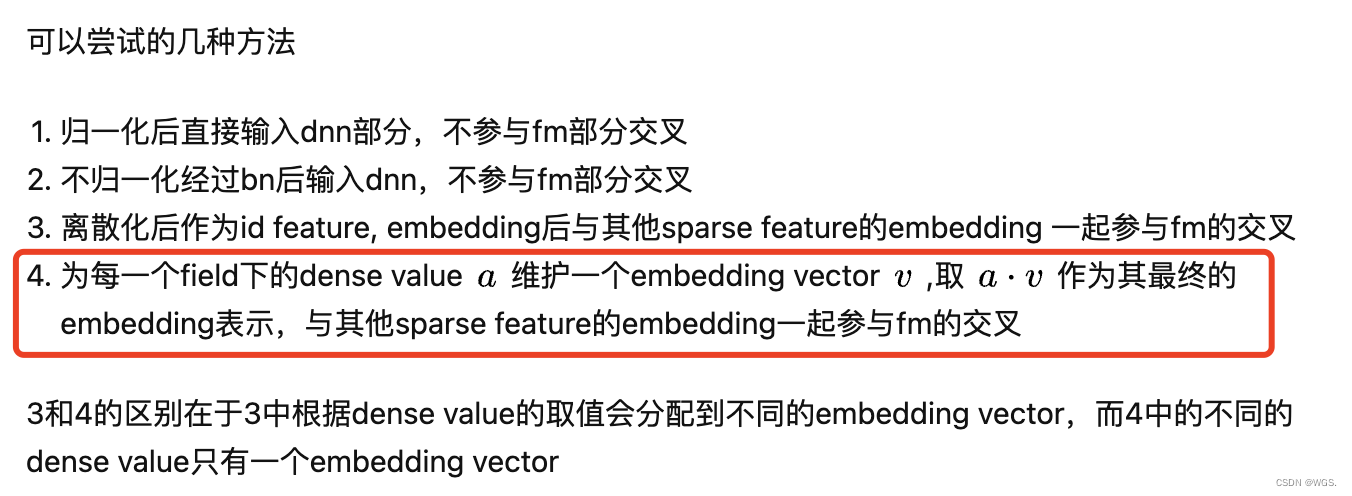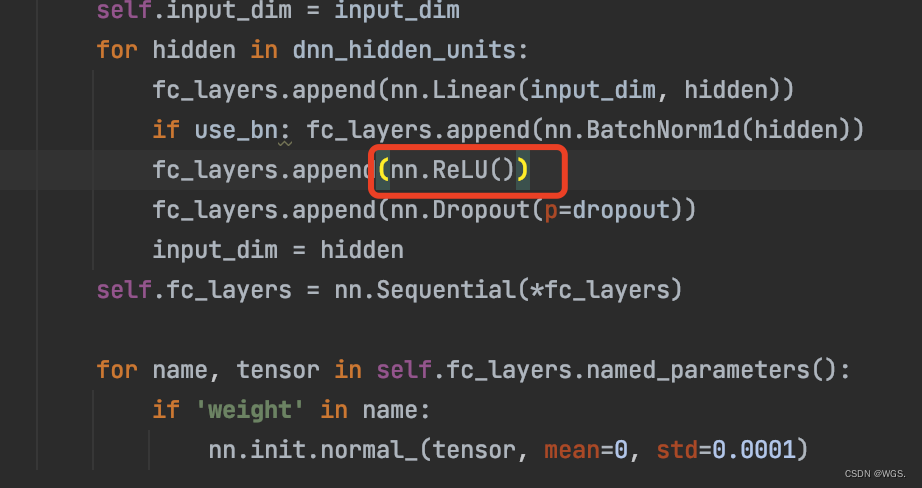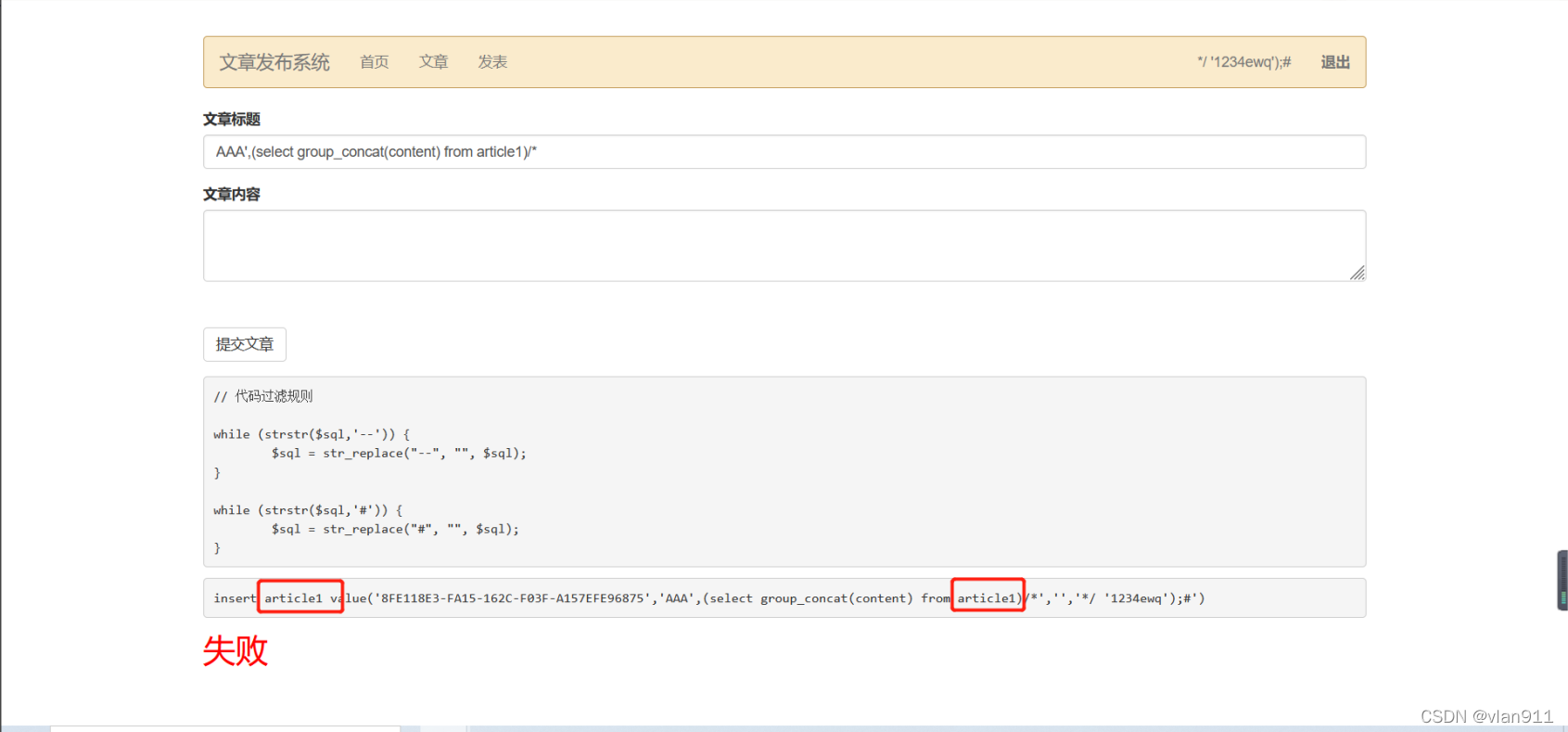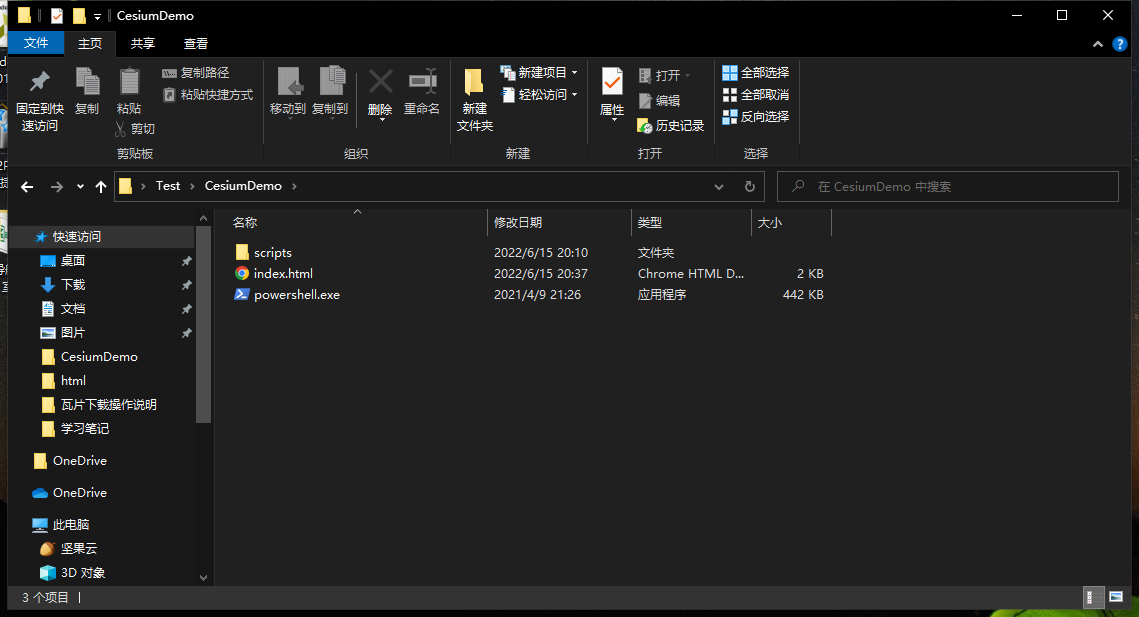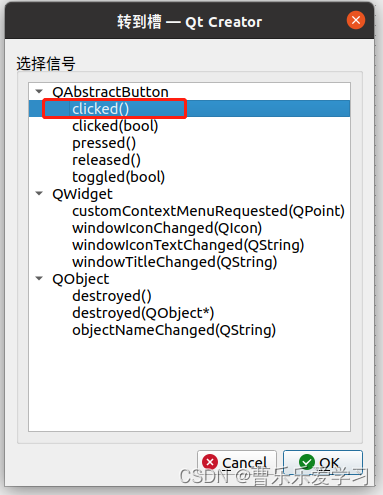当前位置:网站首页>神经网络原理及代码实现
神经网络原理及代码实现
2022-08-03 05:57:00 【樱花的浪漫】
1.深度学习
机器学习流程: 数据获取、特征工程 、建立模型、评估与应用
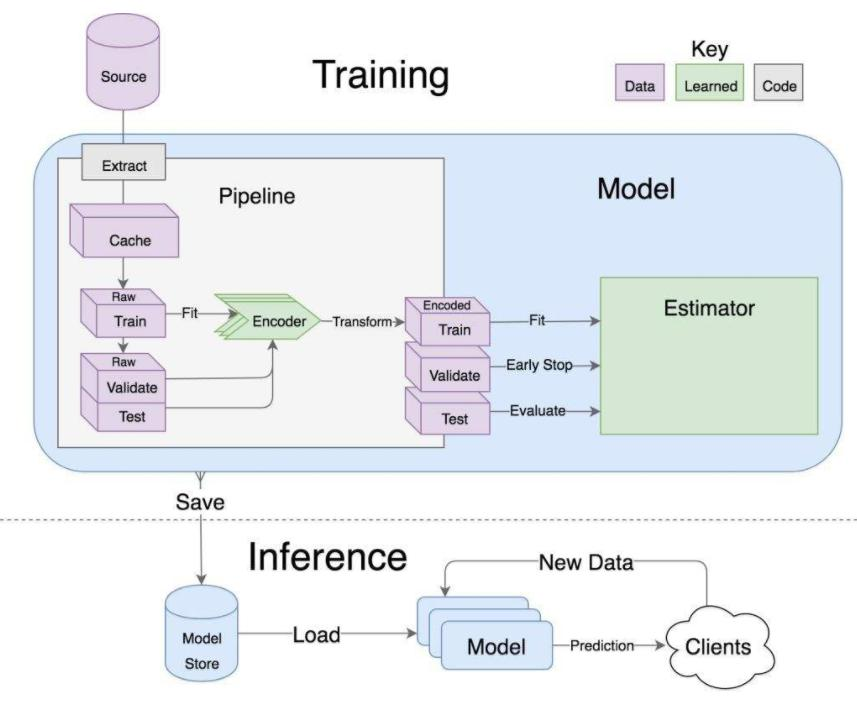
特征工程的作用:
数据特征决定了模型的上限
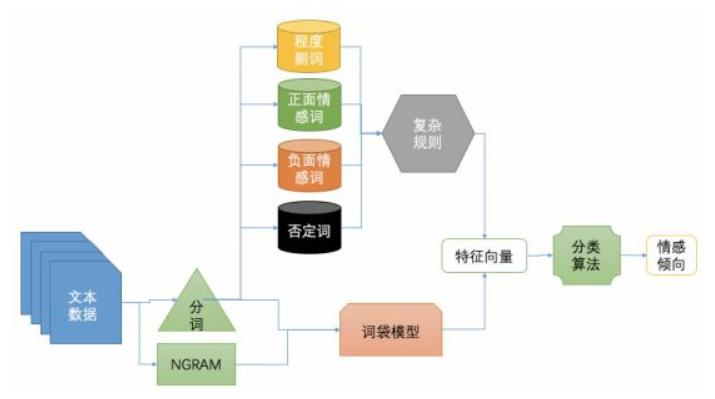
传统特征提取方法:
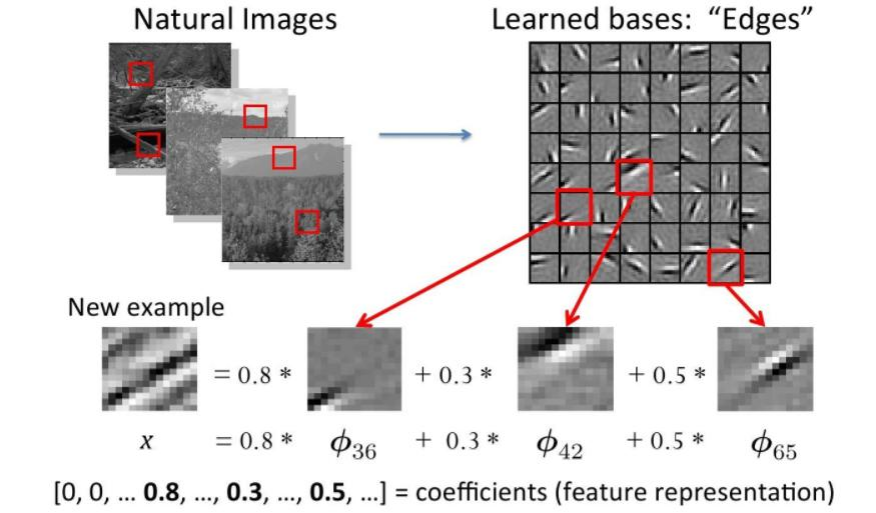
深度学习特征提取方式:
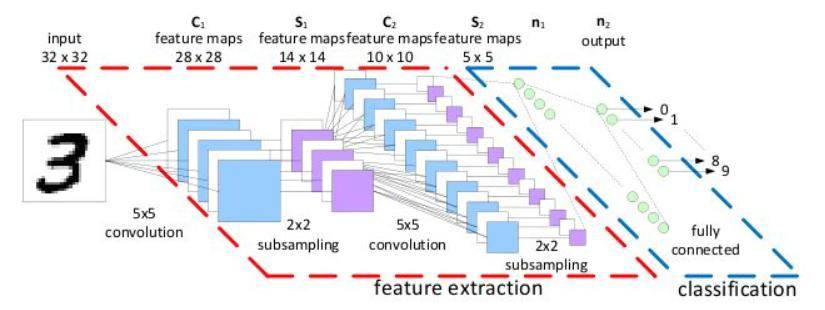
2.线性函数
从输入-->输出的映射
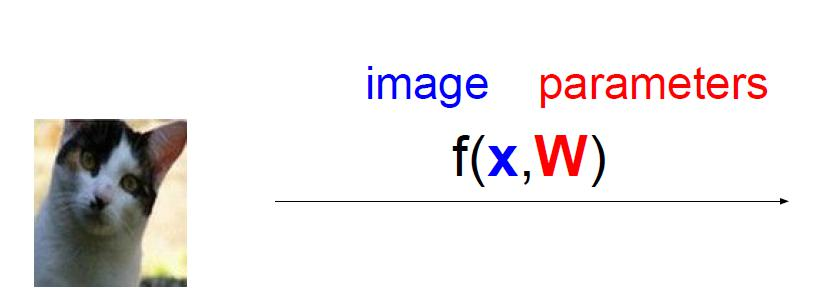 每个类别的得分
每个类别的得分
数学表示:

计算方法:
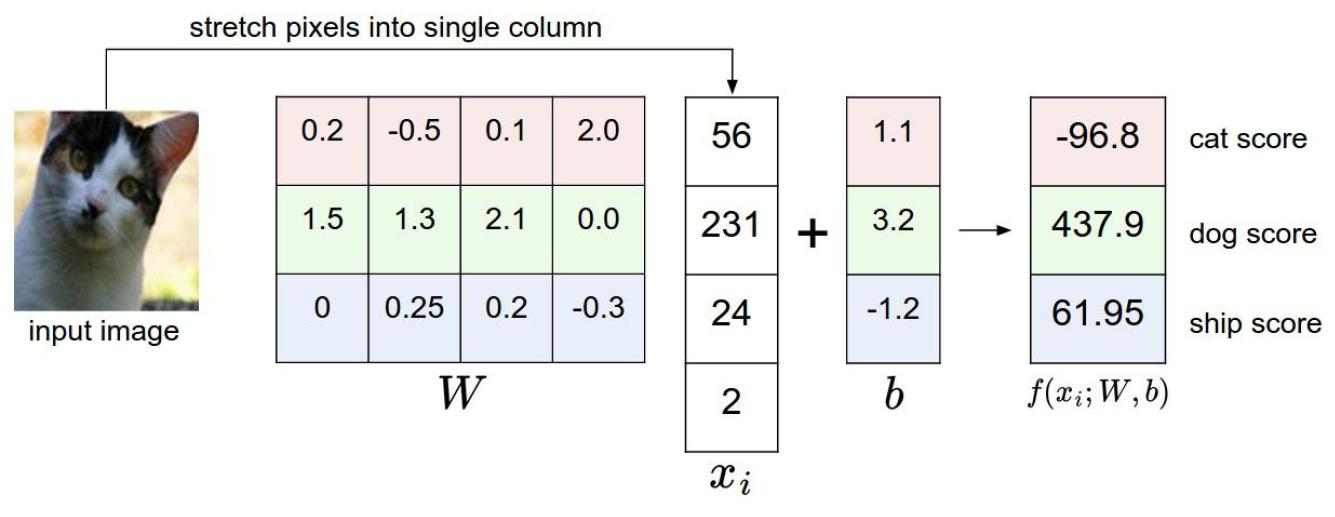 多组权重参数构成了决策边界
多组权重参数构成了决策边界

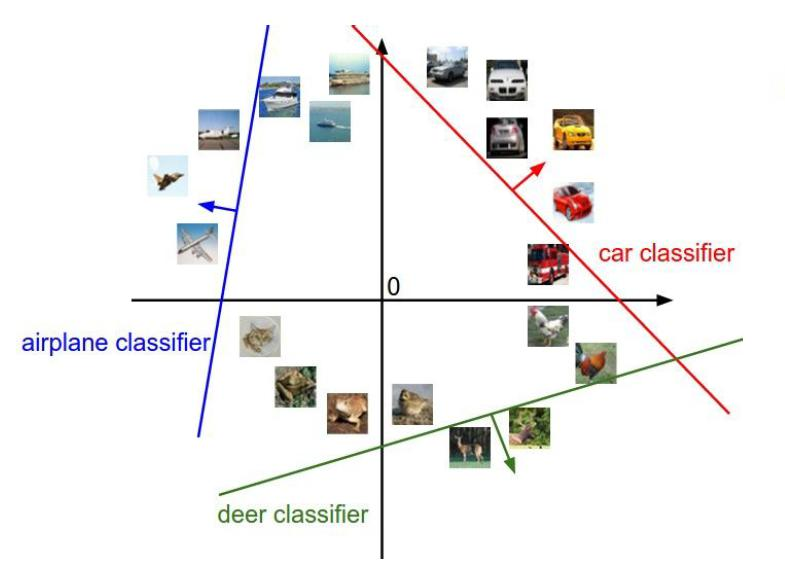
3.损失函数
损失函数其实有很多种,我们来实验一个
![]()
如何损失函数的值相同,那么意味着两个模型一样吗?

 我们可以看到,不同的权重的损失函数值相同,因此,我们引入正则化消减权重的影响
我们可以看到,不同的权重的损失函数值相同,因此,我们引入正则化消减权重的影响
损失函数 = 数据损失 + 正则化惩罚项
 正则化惩罚项:
正则化惩罚项:
4.Softmax分类器
将得分值转换为概率值
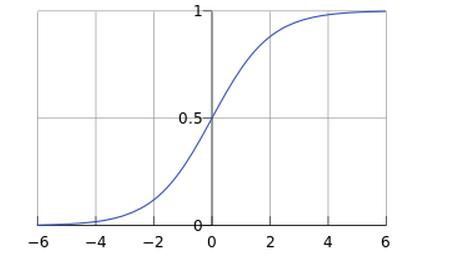

归一化:
计算损失值:

前向传播
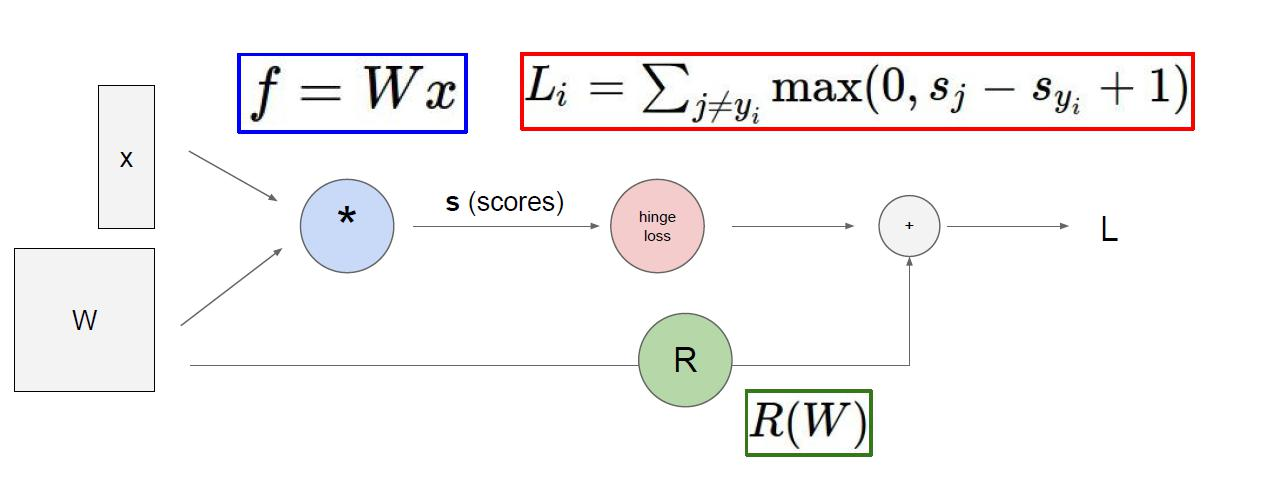
如何更新模型呢?这个就交给反向传播了(梯度下降)
反向传播的链式法则
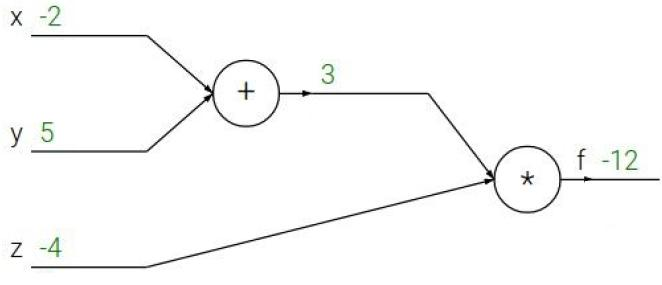

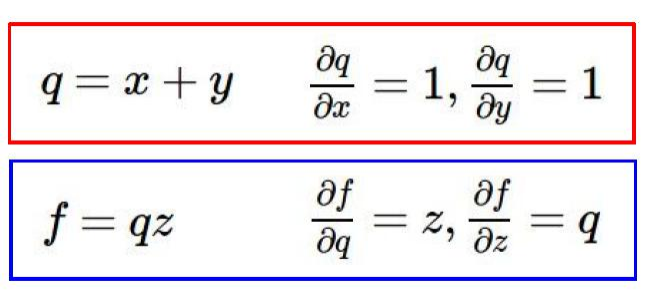
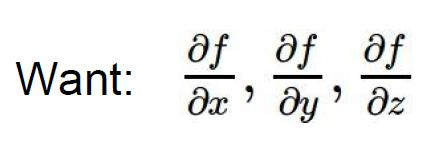
梯度是一步一步传的

复杂的例子:

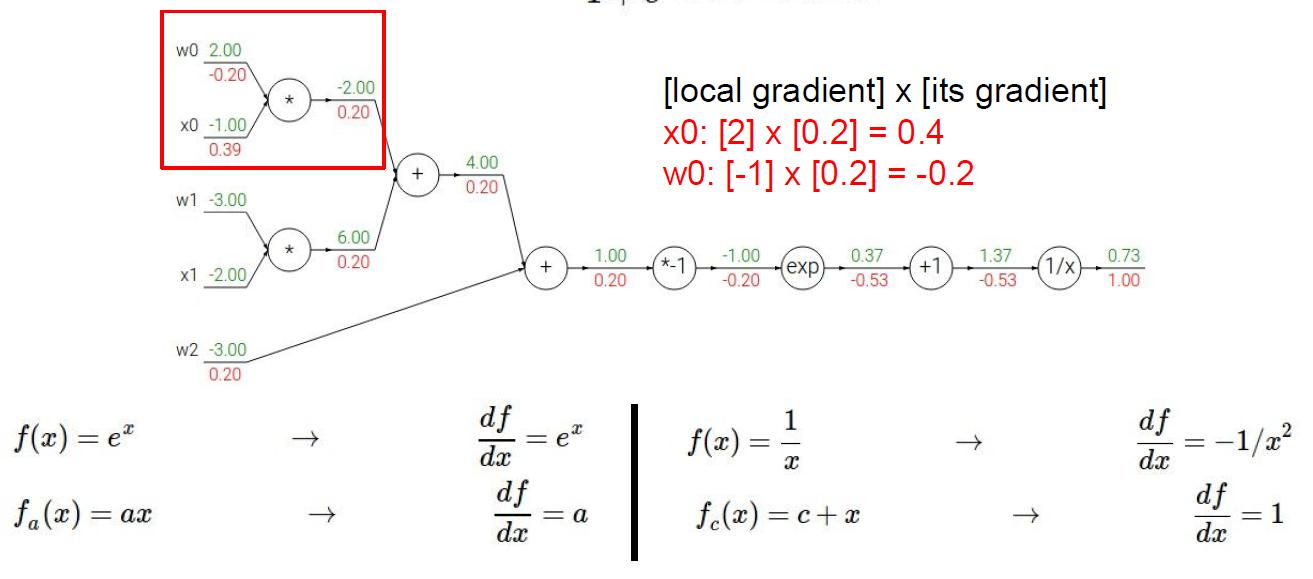
可以一大块一大块的计算吗?
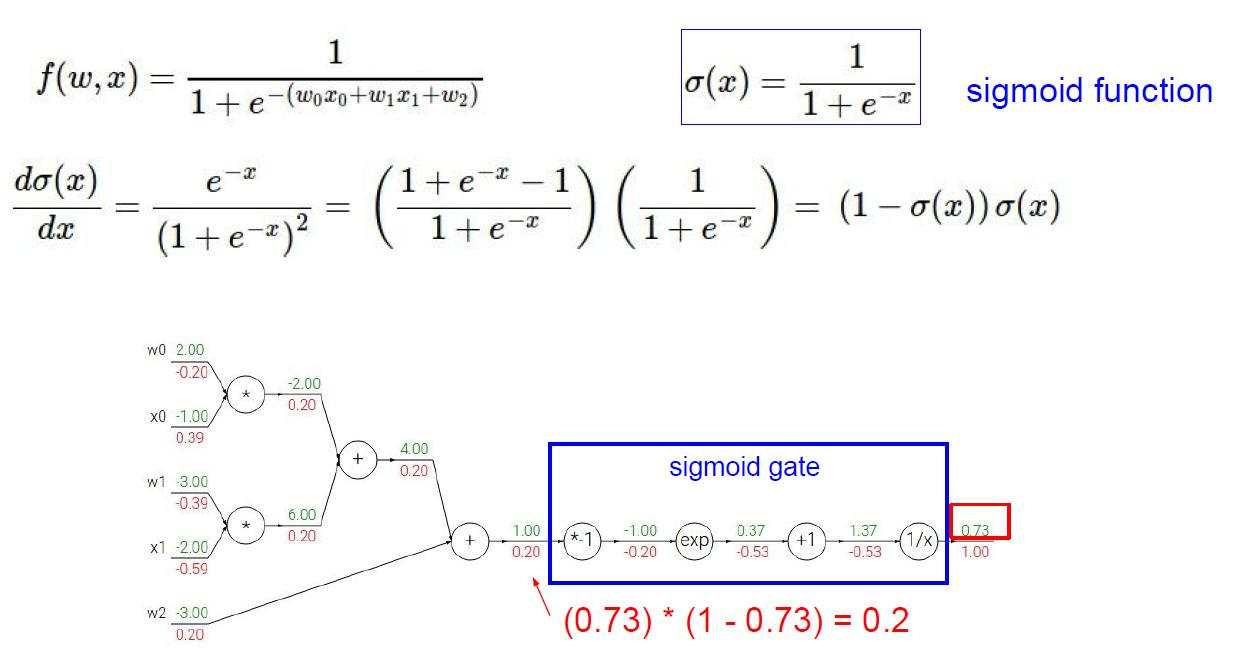
加法门单元:均等分配
MAX门单元:给最大的
乘法门单元:互换的感觉
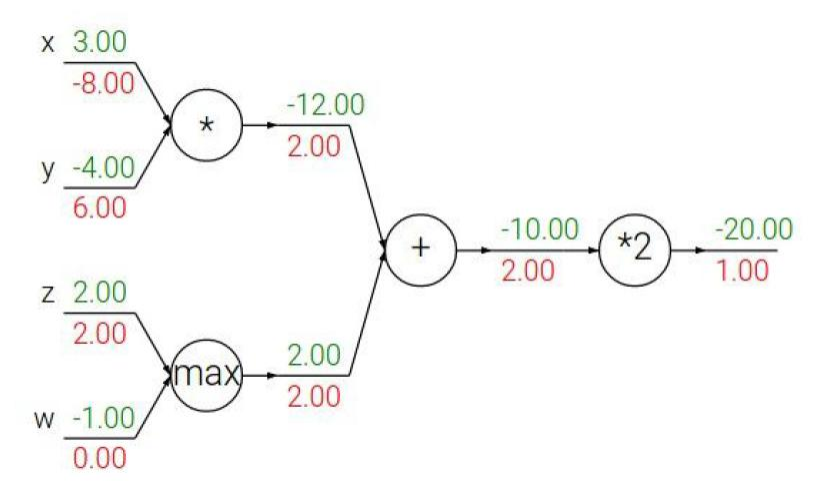
6.正则化的作用
惩罚力度对结果的影响:
加大惩罚力度,可以减小过拟合的风险
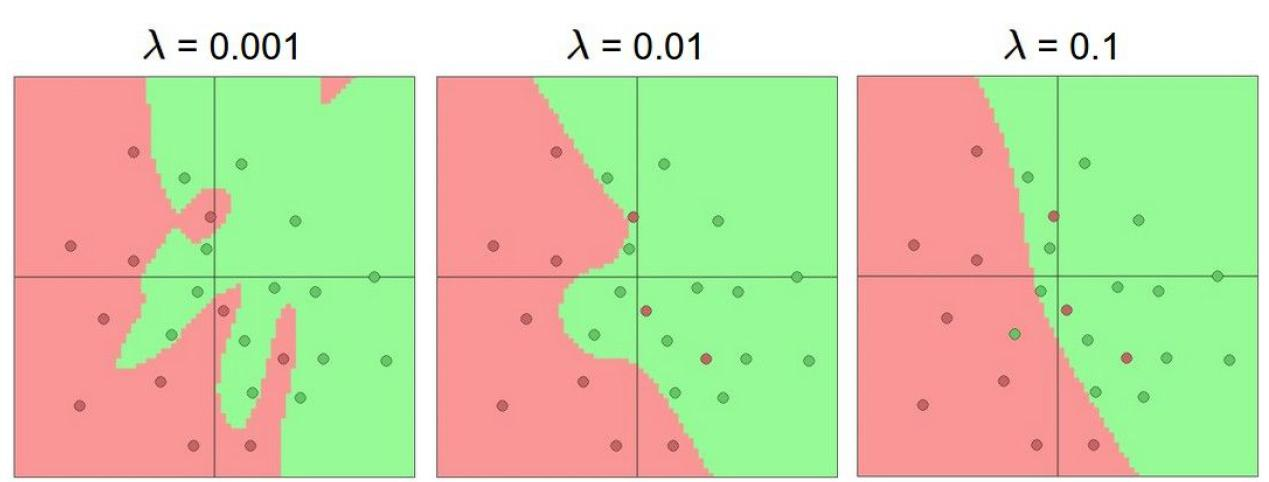
参数个数对结果的影响:
参数越多,一般情况下,拟合效果越好
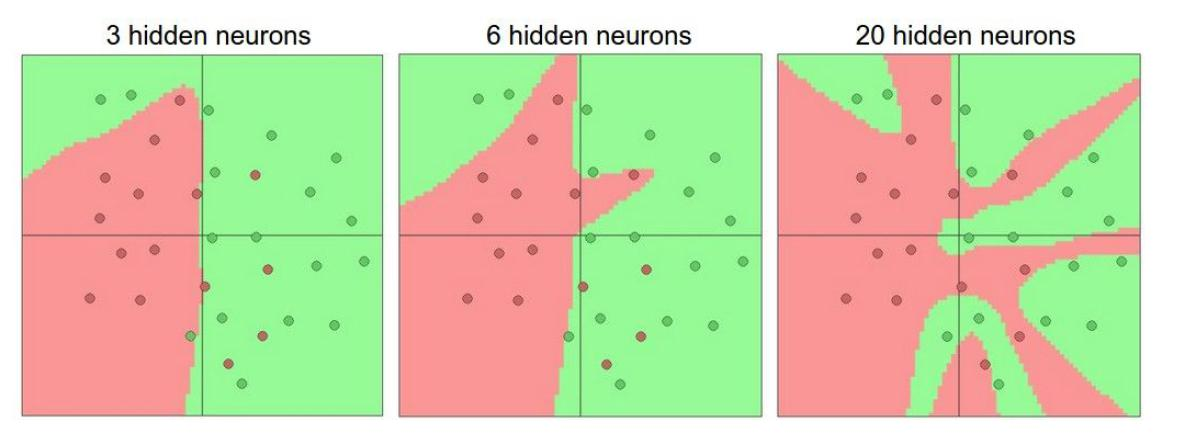
7.激活函数
常用的激活函数(Sigmoid,Relu,Tanh 等)
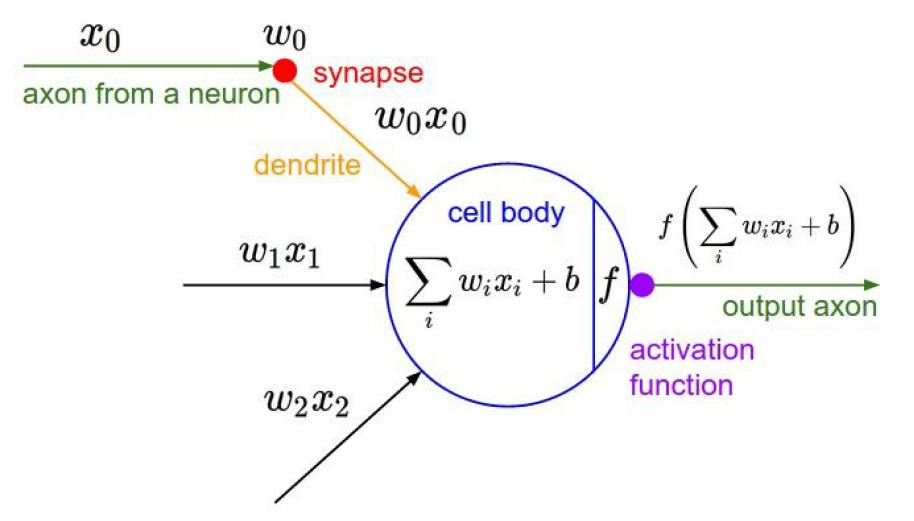
Sigmoid:梯度消失现象

Relu:

8.数据预处理
不同的预处理结果会使得模型的效果发生很大的差异,通常要对数据进行归一化处理
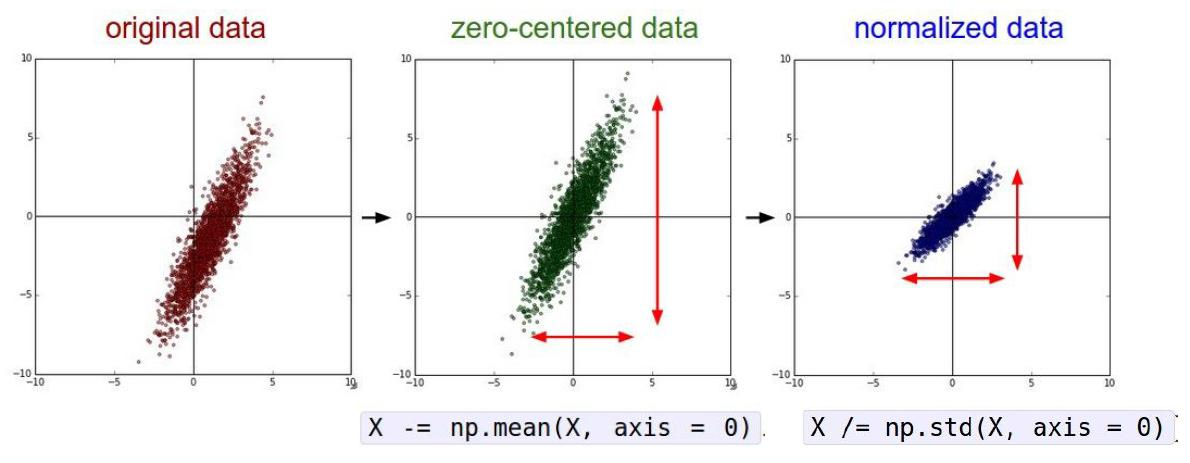
9.代码实现
神经网络最重要的部分为反向传播,反向传播公式如图所示:

代码实现:
import numpy as np
from utils.features import prepare_for_training
from utils.hypothesis import sigmoid, sigmoid_gradient
class MultilayerPerceptron:
def __init__(self,data,labels,layers,normalize_data =False):
data_processed = prepare_for_training(data,normalize_data = normalize_data)[0]
self.data= data_processed
self.labels= labels
self.layers= layers #784 25 10
self.normalize_data= normalize_data
self.thetas = MultilayerPerceptron.thetas_init(layers)
def predict(self,data):
data_processed = prepare_for_training(data,normalize_data = self.normalize_data)[0]
num_examples = data_processed.shape[0]
predictions = MultilayerPerceptron.feedforward_propagation(data_processed,self.thetas,self.layers)
return np.argmax(predictions,axis=1).reshape((num_examples,1))
def train(self,max_iterations=1000,alpha=0.1):
unrolled_theta = MultilayerPerceptron.thetas_unroll(self.thetas)
(optimized_theta,cost_history) = MultilayerPerceptron.gradient_descent(self.data,self.labels,unrolled_theta,self.layers,max_iterations,alpha)
self.thetas = MultilayerPerceptron.thetas_roll(optimized_theta,self.layers)
return self.thetas,cost_history
@staticmethod
def thetas_init(layers):
num_layers = len(layers)
thetas = {}
for layer_index in range(num_layers - 1):
"""
会执行两次,得到两组参数矩阵:25*785 , 10*26
"""
in_count = layers[layer_index]
out_count = layers[layer_index+1]
# 这里需要考虑到偏置项,记住一点偏置的个数跟输出的结果是一致的
thetas[layer_index] = np.random.rand(out_count,in_count+1)*0.05 #随机进行初始化操作,值尽量小一点
return thetas
@staticmethod
def thetas_unroll(thetas):
num_theta_layers = len(thetas)
unrolled_theta = np.array([])
for theta_layer_index in range(num_theta_layers):
unrolled_theta = np.hstack((unrolled_theta,thetas[theta_layer_index].flatten()))
return unrolled_theta
@staticmethod
def gradient_descent(data,labels,unrolled_theta,layers,max_iterations,alpha):
optimized_theta = unrolled_theta
cost_history = []
for _ in range(max_iterations):
cost = MultilayerPerceptron.cost_function(data,labels,MultilayerPerceptron.thetas_roll(optimized_theta,layers),layers)
cost_history.append(cost)
theta_gradient = MultilayerPerceptron.gradient_step(data,labels,optimized_theta,layers)
optimized_theta = optimized_theta - alpha* theta_gradient
return optimized_theta,cost_history
@staticmethod
def gradient_step(data,labels,optimized_theta,layers):
theta = MultilayerPerceptron.thetas_roll(optimized_theta,layers)
thetas_rolled_gradients = MultilayerPerceptron.back_propagation(data,labels,theta,layers)
thetas_unrolled_gradients = MultilayerPerceptron.thetas_unroll(thetas_rolled_gradients)
return thetas_unrolled_gradients
@staticmethod
def back_propagation(data,labels,thetas,layers):
num_layers = len(layers)
(num_examples,num_features) = data.shape
num_label_types = layers[-1]
deltas = {}
#初始化操作
for layer_index in range(num_layers -1 ):
in_count = layers[layer_index]
out_count = layers[layer_index+1]
deltas[layer_index] = np.zeros((out_count,in_count+1)) #25*785 10*26
for example_index in range(num_examples):
layers_inputs = {}
layers_activations = {}
layers_activation = data[example_index,:].reshape((num_features,1))#785*1
layers_activations[0] = layers_activation
#逐层计算
for layer_index in range(num_layers - 1):
layer_theta = thetas[layer_index] #得到当前权重参数值 25*785 10*26
layer_input = np.dot(layer_theta,layers_activation) #第一次得到25*1 第二次10*1
layers_activation = np.vstack((np.array([[1]]),sigmoid(layer_input)))
layers_inputs[layer_index + 1] = layer_input #后一层计算结果
layers_activations[layer_index + 1] = layers_activation #后一层经过激活函数后的结果
output_layer_activation = layers_activation[1:,:]
delta = {}
#标签处理
bitwise_label = np.zeros((num_label_types,1))
bitwise_label[labels[example_index][0]] = 1
#计算输出层和真实值之间的差异
delta[num_layers - 1] = output_layer_activation - bitwise_label
#遍历循环 L L-1 L-2 ...2
for layer_index in range(num_layers - 2,0,-1):
layer_theta = thetas[layer_index]
next_delta = delta[layer_index+1]
layer_input = layers_inputs[layer_index]
layer_input = np.vstack((np.array((1)),layer_input))
#按照公式进行计算
delta[layer_index] = np.dot(layer_theta.T,next_delta)*sigmoid_gradient(layer_input)
#过滤掉偏置参数
delta[layer_index] = delta[layer_index][1:,:]
for layer_index in range(num_layers-1):
layer_delta = np.dot(delta[layer_index+1],layers_activations[layer_index].T)
deltas[layer_index] = deltas[layer_index] + layer_delta #第一次25*785 第二次10*26
for layer_index in range(num_layers -1):
deltas[layer_index] = deltas[layer_index] * (1/num_examples)
return deltas
@staticmethod
def cost_function(data,labels,thetas,layers):
num_layers = len(layers)
num_examples = data.shape[0]
num_labels = layers[-1]
#前向传播走一次
predictions = MultilayerPerceptron.feedforward_propagation(data,thetas,layers)
#制作标签,每一个样本的标签都得是one-hot
bitwise_labels = np.zeros((num_examples,num_labels))
for example_index in range(num_examples):
bitwise_labels[example_index][labels[example_index][0]] = 1
bit_set_cost = np.sum(np.log(predictions[bitwise_labels == 1]))
bit_not_set_cost = np.sum(np.log(1-predictions[bitwise_labels == 0]))
cost = (-1/num_examples) *(bit_set_cost+bit_not_set_cost)
return cost
@staticmethod
def feedforward_propagation(data,thetas,layers):
num_layers = len(layers)
num_examples = data.shape[0]
in_layer_activation = data
# 逐层计算
for layer_index in range(num_layers - 1):
theta = thetas[layer_index]
out_layer_activation = sigmoid(np.dot(in_layer_activation,theta.T))
# 正常计算完之后是num_examples*25,但是要考虑偏置项 变成num_examples*26
out_layer_activation = np.hstack((np.ones((num_examples,1)),out_layer_activation))
in_layer_activation = out_layer_activation
#返回输出层结果,结果中不要偏置项了
return in_layer_activation[:,1:]
@staticmethod
def thetas_roll(unrolled_thetas,layers):
num_layers = len(layers)
thetas = {}
unrolled_shift = 0
for layer_index in range(num_layers - 1):
in_count = layers[layer_index]
out_count = layers[layer_index+1]
thetas_width = in_count + 1
thetas_height = out_count
thetas_volume = thetas_width * thetas_height
start_index = unrolled_shift
end_index = unrolled_shift + thetas_volume
layer_theta_unrolled = unrolled_thetas[start_index:end_index]
thetas[layer_index] = layer_theta_unrolled.reshape((thetas_height,thetas_width))
unrolled_shift = unrolled_shift+thetas_volume
return thetas
10.测试效果
使用mnist数据集进行测试
数据集展示:
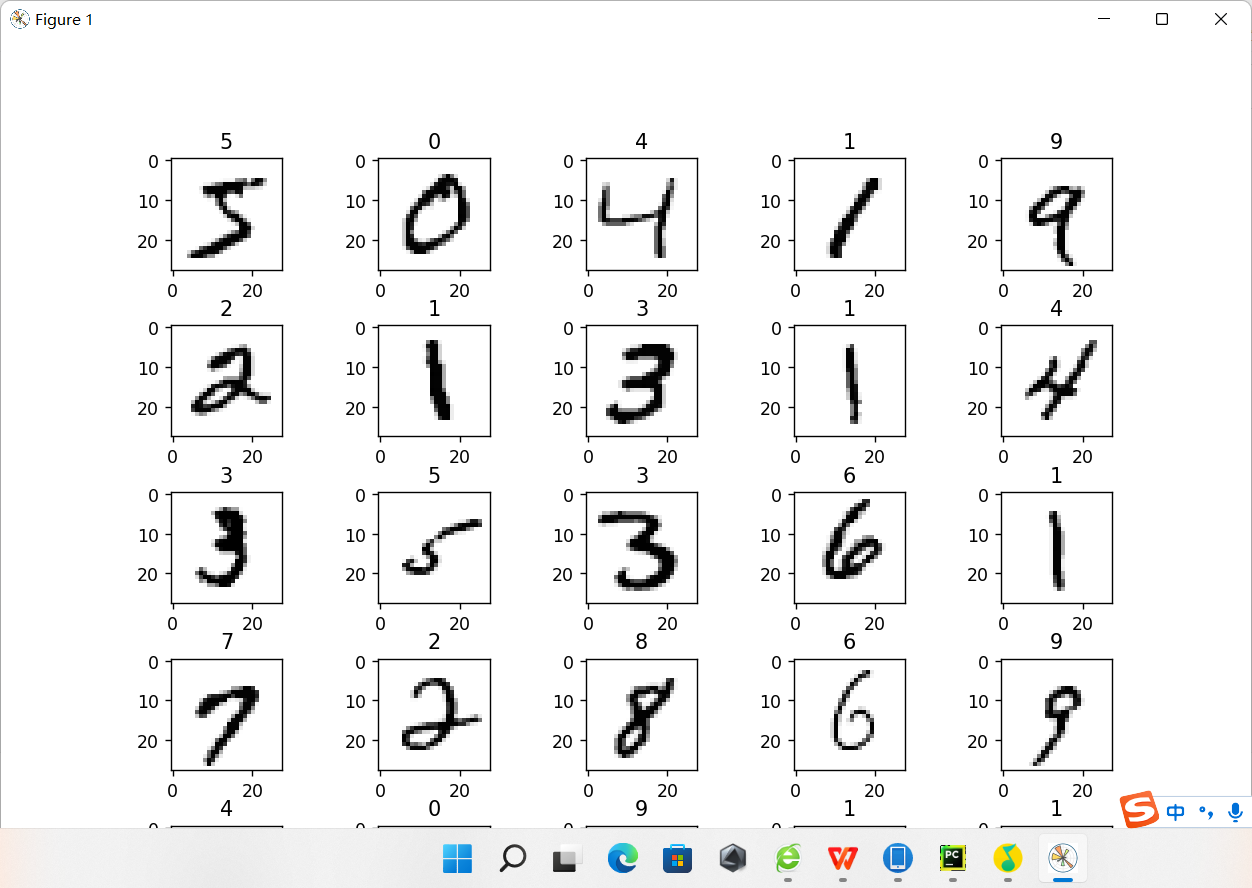
效果展示:
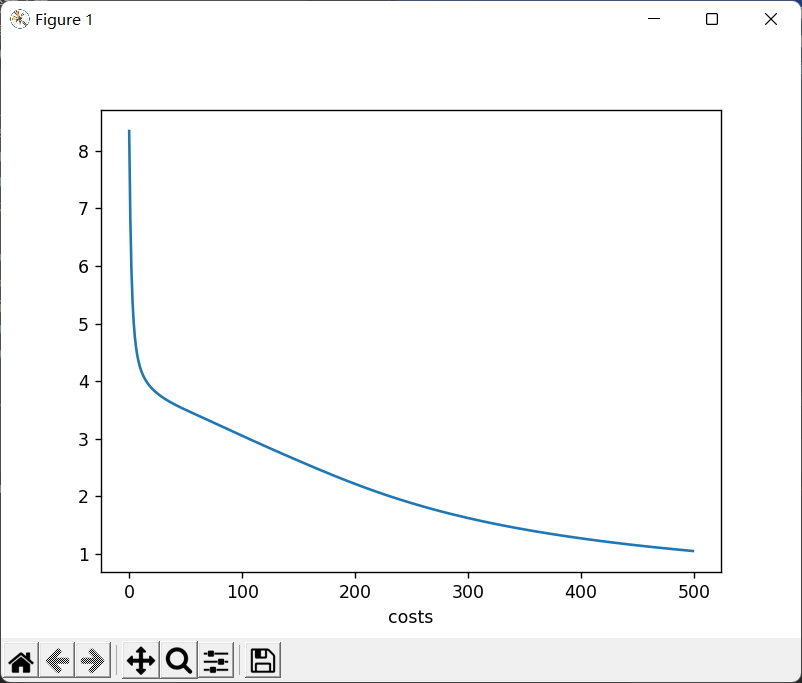
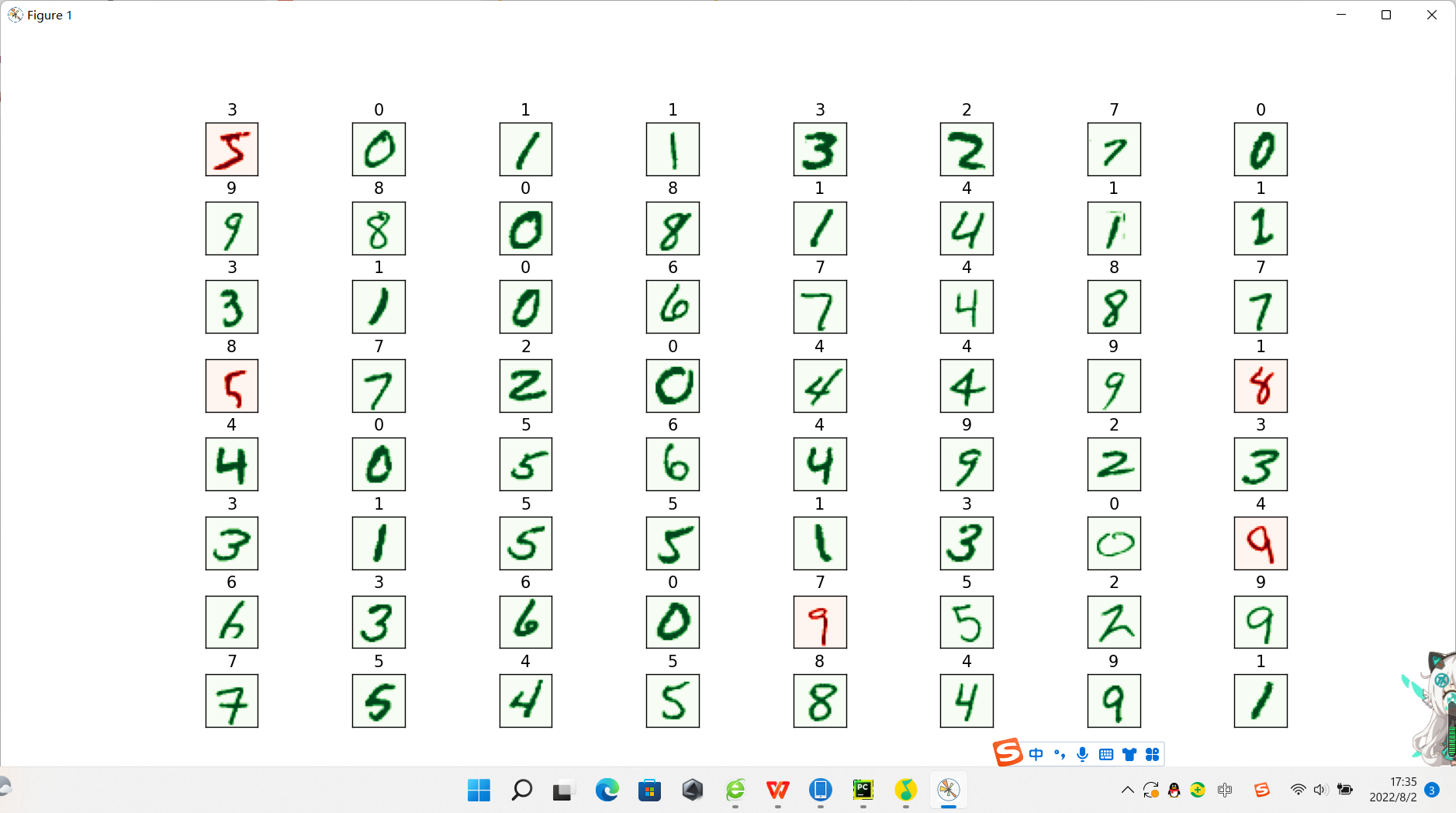
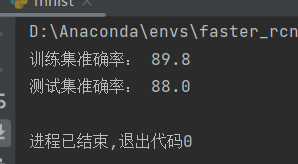
边栏推荐
猜你喜欢
随机推荐
开放域OOD主要数据集、评价指标汇总
异常检测 IsolationForest 返回概率
Cesium加载离线地图和离线地形
多线程可见
Embedding two implementations of the torch code
empty() received an invalid combination of arguments - got (tuple, dtype=NoneType, device=NoneType),
JS 预编译
人脸检测和识别--face recognition包
第五章:指令集
UniApp 获取当前页面标题(navigationBarTitleText)
MYSQL存储过程注释详解
docker-compose部署mysql
empty() received an invalid combination of arguments - got (tuple, dtype=NoneType, device=NoneType),
SQLSERVER将子查询数据合并拼接成一个字段
IFM网络详解及torch复现
Postman知识汇总
torch.nn.modules.activation.ReLU is not a Module subclass
Flutter | 判断 Text 组件是否显示完
C语言版本和GCC版本
多线程打印ABC(继承+进阶)
